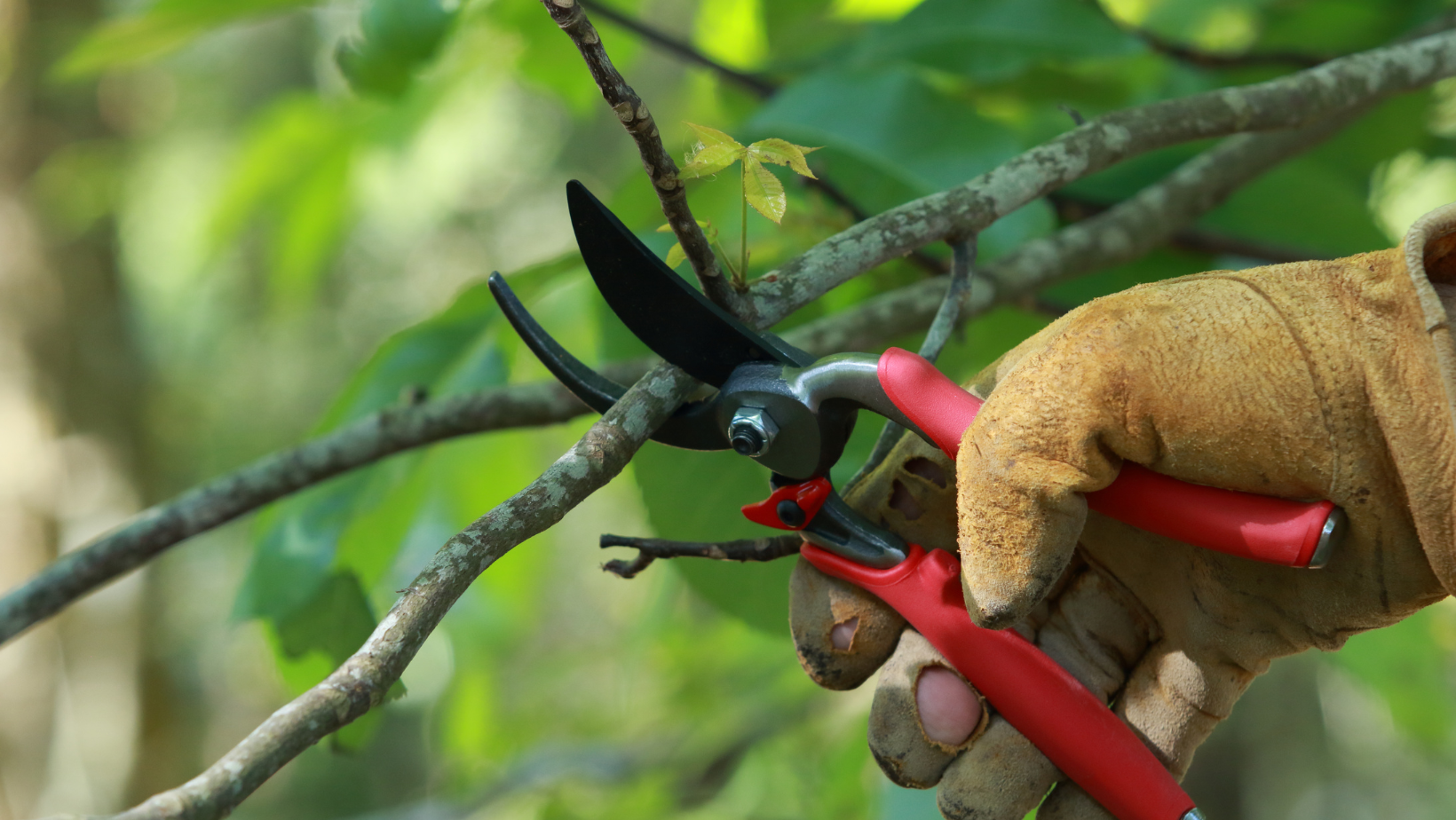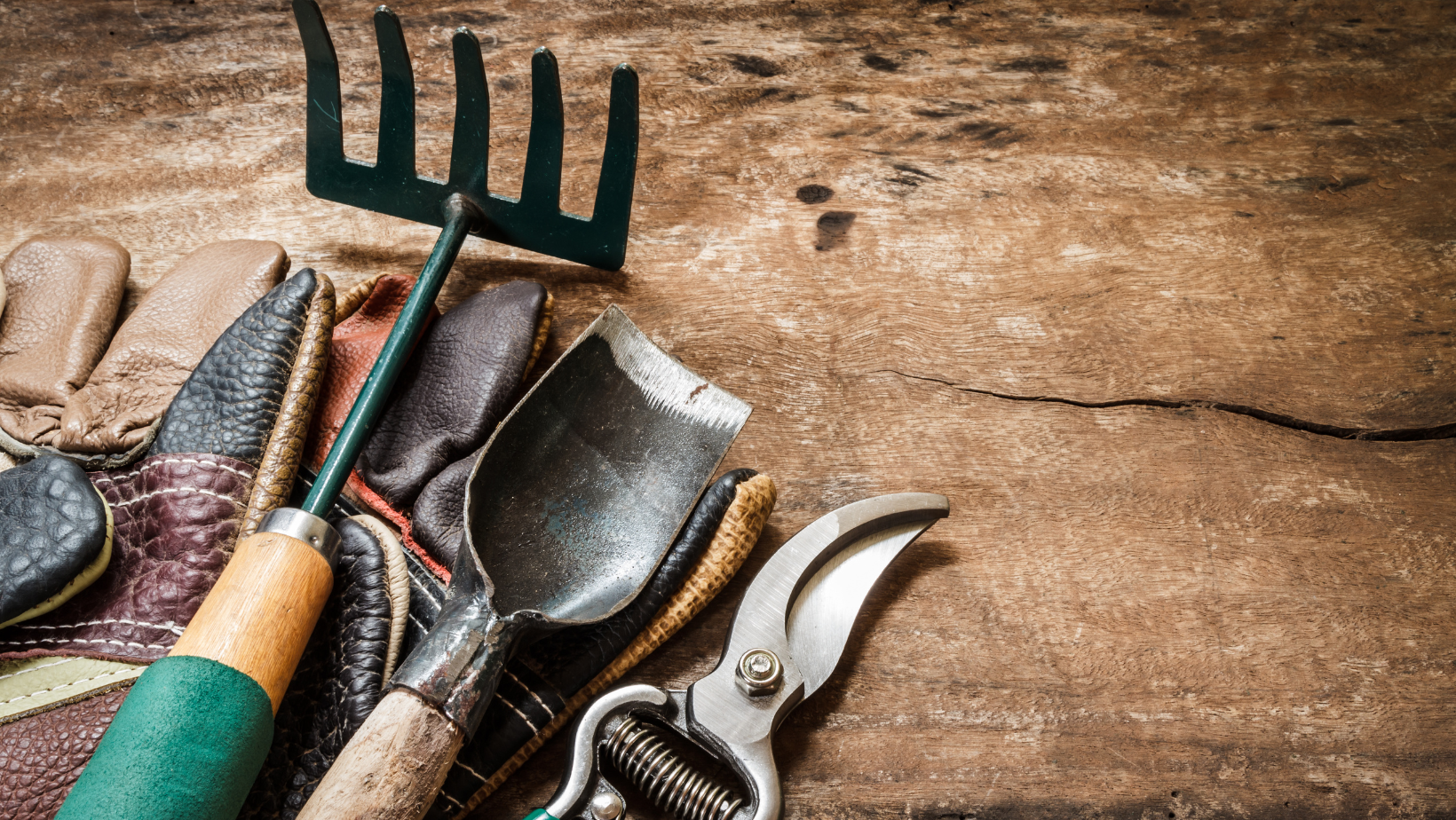Pruning is a crucial task in maintaining a healthy, aesthetically pleasing, and productive garden. Proper pruning not only helps shape plants but also promotes better flowering, fruiting, and overall vigor. In this article, we will explore pruning techniques in great detail, addressing various plant types and specific timing, pruning amounts, and purposes. We’ll cover flowering plants, shrubs, trees, evergreens, deciduous plants, grasses, and perennials, specifically tailored for gardeners looking to maximize the health and beauty of their landscapes.
1. Pruning Flowering Plants
Timing:
- Spring-Flowering Plants: Plants that bloom in early spring, such as lilacs, forsythias, and azaleas, should be pruned immediately after flowering. These plants bloom on “old wood,” meaning the flower buds were formed during the previous growing season. Pruning too late could remove next year’s flower buds.
- Summer-Flowering Plants: Summer-flowering shrubs like hydrangeas and roses bloom on “new wood,” which grows in the current season. These should be pruned in late winter or early spring before new growth begins.
How Much to Prune:
- Light Maintenance: Remove 20-25% of the oldest branches to encourage air circulation and maintain the plant’s natural shape.
- Hard Pruning: In the case of overgrown plants, remove up to one-third of the oldest wood to rejuvenate the plant. This encourages the growth of vigorous new shoots.
Purpose:
- Size and Shape Control: Pruning flowering plants helps maintain a manageable size and prevents them from becoming leggy or overgrown.
- Flower Production: By pruning at the correct time, you promote the development of new flower buds, ensuring a fuller, more abundant bloom in the next season.
2. Pruning Shrubs
Timing:
- Deciduous Shrubs: Deciduous shrubs, such as spirea, lantana, and viburnum, are best pruned in late winter to early spring before the growth season begins. For spring-blooming shrubs, pruning should be done after flowering.
- Evergreen Shrubs: Prune evergreen shrubs like boxwood, privet, and euonymus in early spring, just before new growth starts. Avoid heavy pruning in late summer or fall as it can lead to winter damage.
How Much to Prune:
- Light Pruning: Remove about 10-15% of the growth to maintain the plant’s shape and encourage airflow.
- Rejuvenation Pruning: For overgrown shrubs, cut back up to one-third of the oldest stems at the base each year over a three-year period. This method encourages new growth while minimizing shock to the plant.
Purpose:
- Shape and Size Control: Pruning prevents shrubs from becoming too large for their space and keeps them within desired dimensions.
- Air Circulation: Thinning out crowded branches improves air circulation, reducing the risk of fungal diseases.

3. Pruning Trees
Timing:
- Deciduous Trees: The best time to prune deciduous trees like redbuds, maples, and elms is during their dormant season, typically late winter to early spring. Pruning at this time minimizes sap loss and reduces the risk of pest infestation and disease.
- Fruit Trees: Fruit trees like apple, cherry, and peach benefit from pruning in late winter to encourage new growth and maximize fruit production. Prune before the trees break dormancy but after the risk of severe frost has passed.
- Evergreen Trees: Prune evergreen trees like Japanese blueberries, bay leaf, and photinias, in early spring before new growth begins.
How Much to Prune:
- Structural Pruning: For younger trees, remove competing branches to establish a strong, central leader. Remove crossing or rubbing branches to prevent future damage. Avoid removing more than 20-30% of the canopy in a single season.
- Mature Trees: Focus on removing dead, diseased, or damaged branches. Avoid severe pruning, which can stress the tree and invite disease.
Purpose:
- Safety and Health: Pruning removes dead or hazardous branches that could break off and cause injury or damage. It also eliminates diseased parts of the tree, preventing the spread of pathogens.
- Fruit Production: In fruit trees, proper pruning increases sunlight penetration and air circulation, which leads to better fruit quality and yields.
4. Pruning Evergreens
Timing:
- Needle Evergreens: Needle evergreens like redwoods, pine, and podocarpus, should be pruned in early spring before new growth appears. Avoid pruning late in the growing season as it can stimulate tender growth that may not harden before winter.
- Broadleaf Evergreens: Plants like hollies, rhododendrons, and camellias can be pruned in early spring or late winter, before new growth starts. Light shaping can be done after flowering.
How Much to Prune:
- Light Pruning: Remove dead or damaged branches and thin out dense growth to improve air circulation. Avoid cutting back into old wood, as most evergreens do not produce new growth from old wood.
- Shearing: In formal hedges, light shearing may be done throughout the growing season to maintain a crisp, even shape.
Purpose:
- Shape and Aesthetics: Pruning evergreens maintains their shape and encourages denser growth. Regular light pruning keeps plants looking full and healthy.

5. Pruning Grasses and Perennials
Timing:
- Ornamental Grasses: Prune back ornamental grasses in late winter or early spring before new growth begins. Cutting them too early can damage overwintering wildlife and prematurely remove foliage that provides winter interest.
- Perennials: Most perennials should be cut back in late fall after the first frost or in early spring before new growth starts.
How Much to Prune:
- Grasses: Cut back to about 6-12 inches above the ground. This removes the previous season’s dead growth and allows new shoots to emerge unobstructed.
- Perennials: Prune perennials to 10 inches from ground level. This removes dead stems and encourages vigorous new growth.
Purpose:
- Renewal: Pruning perennials and grasses removes old, dead growth from the previous year, allowing new growth to flourish without competition for resources.
- Shape Maintenance: Pruning helps control the size and shape of perennials, keeping them neat and preventing them from overcrowding other plants.
General Pruning Guidelines:
- Sanitize Tools: Always sanitize your pruning tools before and after use, especially when cutting diseased plants. This helps prevent the spread of pathogens.
- Make Clean Cuts: Use sharp tools to make clean cuts. Avoid tearing or crushing branches, which can invite disease.
- Don’t Over-Prune: Remove no more than one-third of the plant’s growth at one time. Over-pruning can stress plants and reduce their ability to recover.
Need Assistance? Contact Us at Green Hills Nursery
Pruning can be complex, and it’s important to get it right to ensure your plants remain healthy and thrive. If you’re unsure about identifying plant diseases, diagnosing problems, or determining the best pruning techniques, don’t hesitate to contact us at Green Hills Nursery for help. Be sure to bring pictures or plant samples in a resealable bag to aid in identification and diagnosis. Our experts are here to provide you with the guidance you need to keep your garden vibrant and productive.
Conclusion
Pruning is both an art and a science. Properly timed and executed, it enhances the beauty and productivity of your garden while promoting plant health. In Fresno and other regions with similar climates, timing is particularly important to ensure plants have time to recover before the next season. By following these detailed guidelines, you can optimize the health, shape, and productivity of your garden plants for years to come. And remember, for any specific issues or concerns, Green Hills Nursery is here to provide personalized guidance and support.




